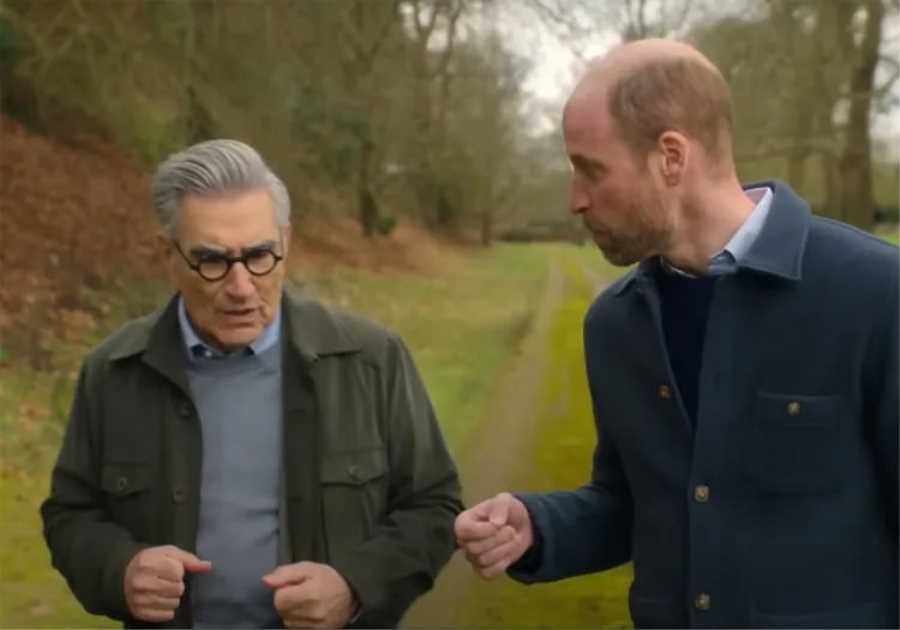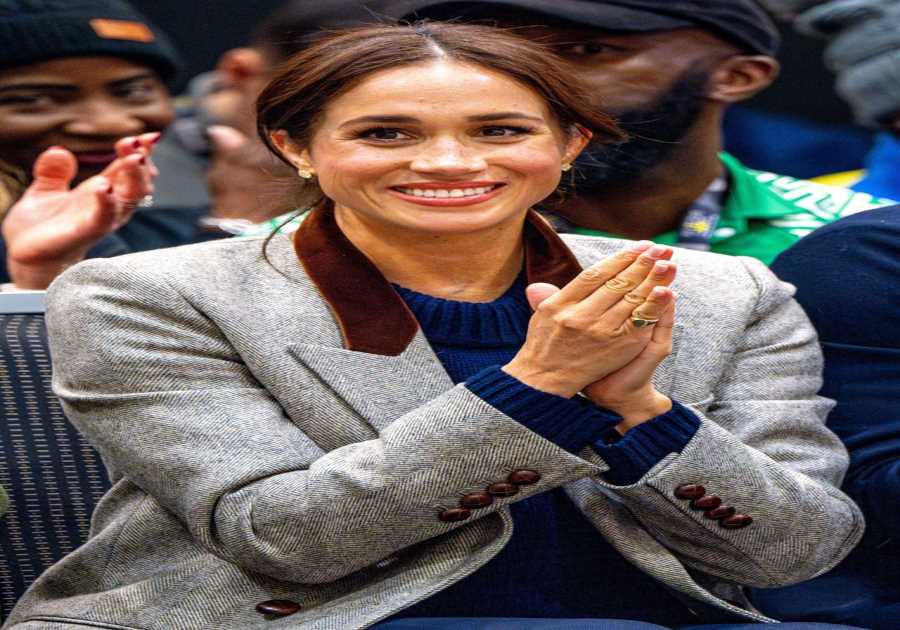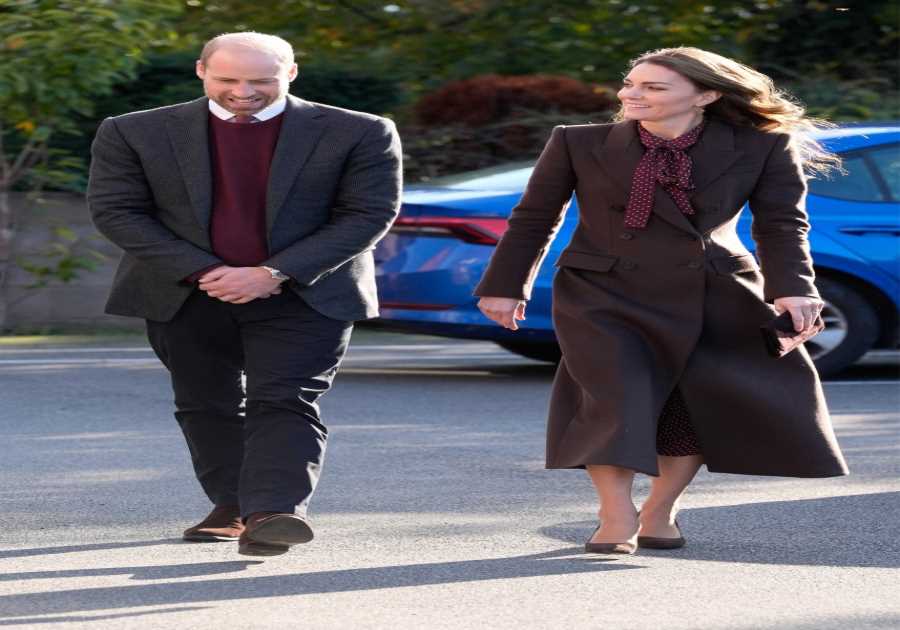LIKE Prince Harry and Prince Andrew, the Duke of Edinburgh experienced the heat of battle.
During World War Two he was mentioned in despatches for heroism under fire during a naval engagement in the eastern Mediterranean.
* Read our live blog for the very latest news on Prince Philip’s death…
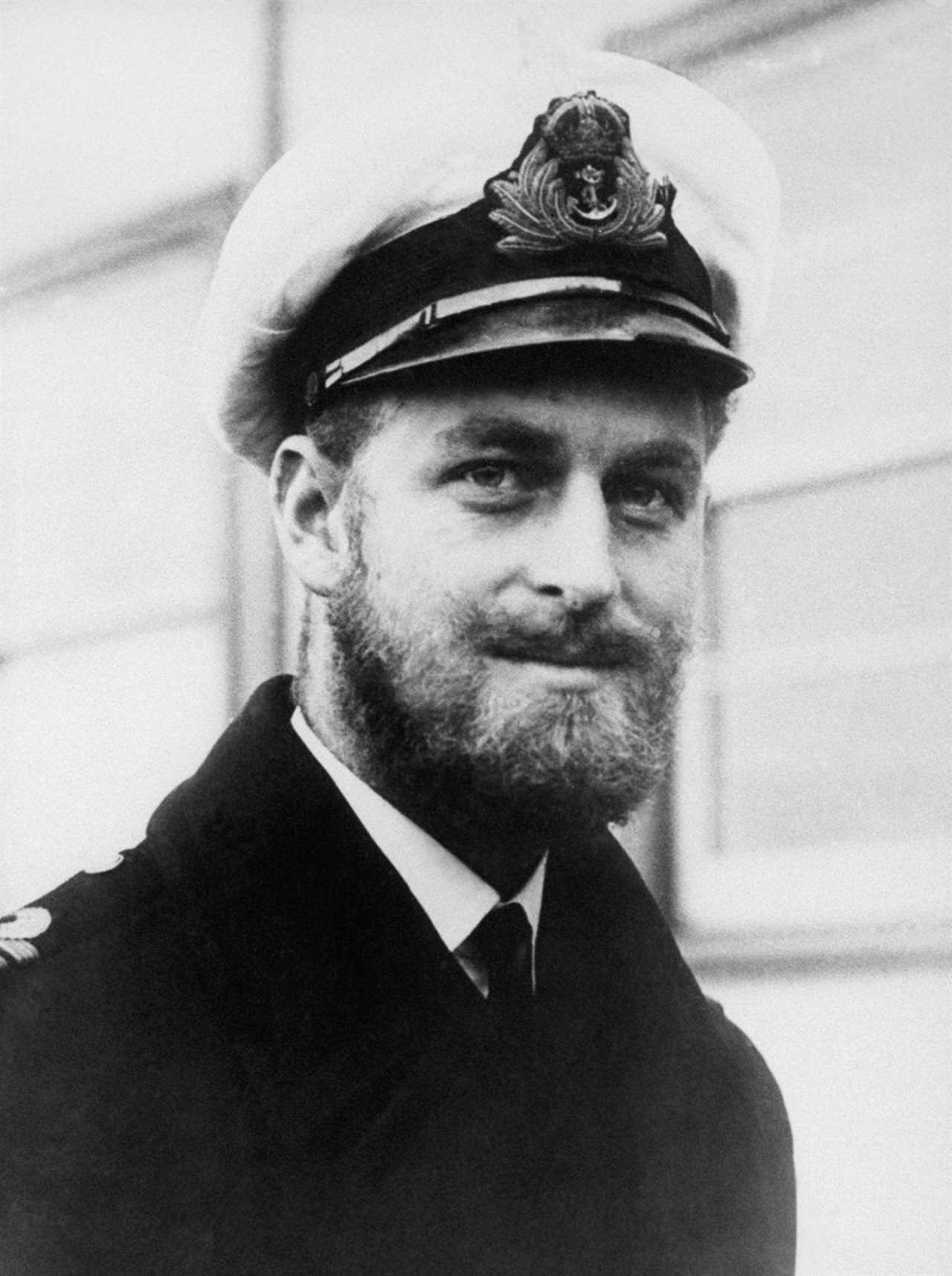
Aged 19, Philip was a “snotty” — slang for midshipman — on HMS Valiant during the Battle of Cape Matapan, off the southern-most point of Greece.
As darkness fell on March 28, 1941, the British battle fleet was steaming towards three enemy Italian cruisers.
In his log, Prince Philip reveals his orders were to man HMS Valiant’s huge spotlight and illuminate any enemy ships in the dark.
Philip wrote: “I switched on our midship light which picked out the enemy cruiser and lit her up as if it were broad daylight.”
As Philip illuminated the Italian cruiser, the British flagship HMS Warspite opened with a broadside that blasted the enemy ship from just behind the bridge to the stern.
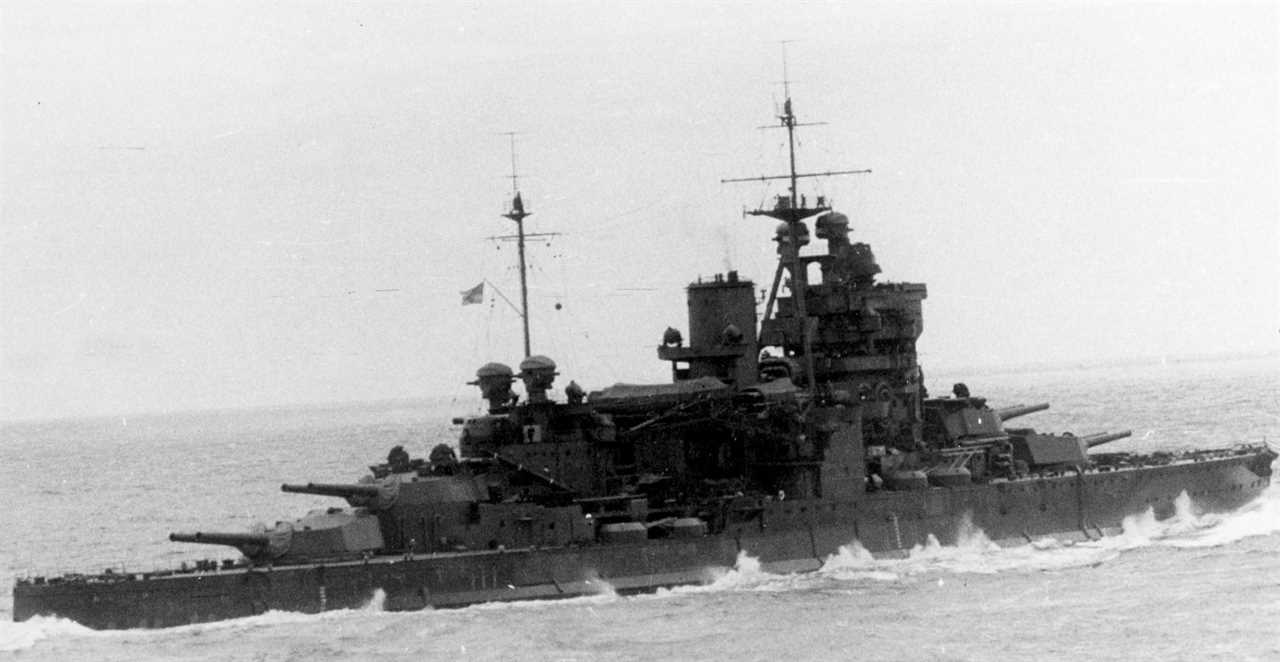
His log continued: “We fired our first broadside about seven seconds after the flagship with very much the same effect.
“The Captain and the Gunnery Officer began shouting from the bridge for the searchlights to train left.
“The idea that there might have been another ship with the one we were firing at never entered my head.
“However, training to the left, the light picked up another cruiser, ahead of the first one. As the enemy were so close the light did not illuminate the whole ship but only about three-quarters of it.
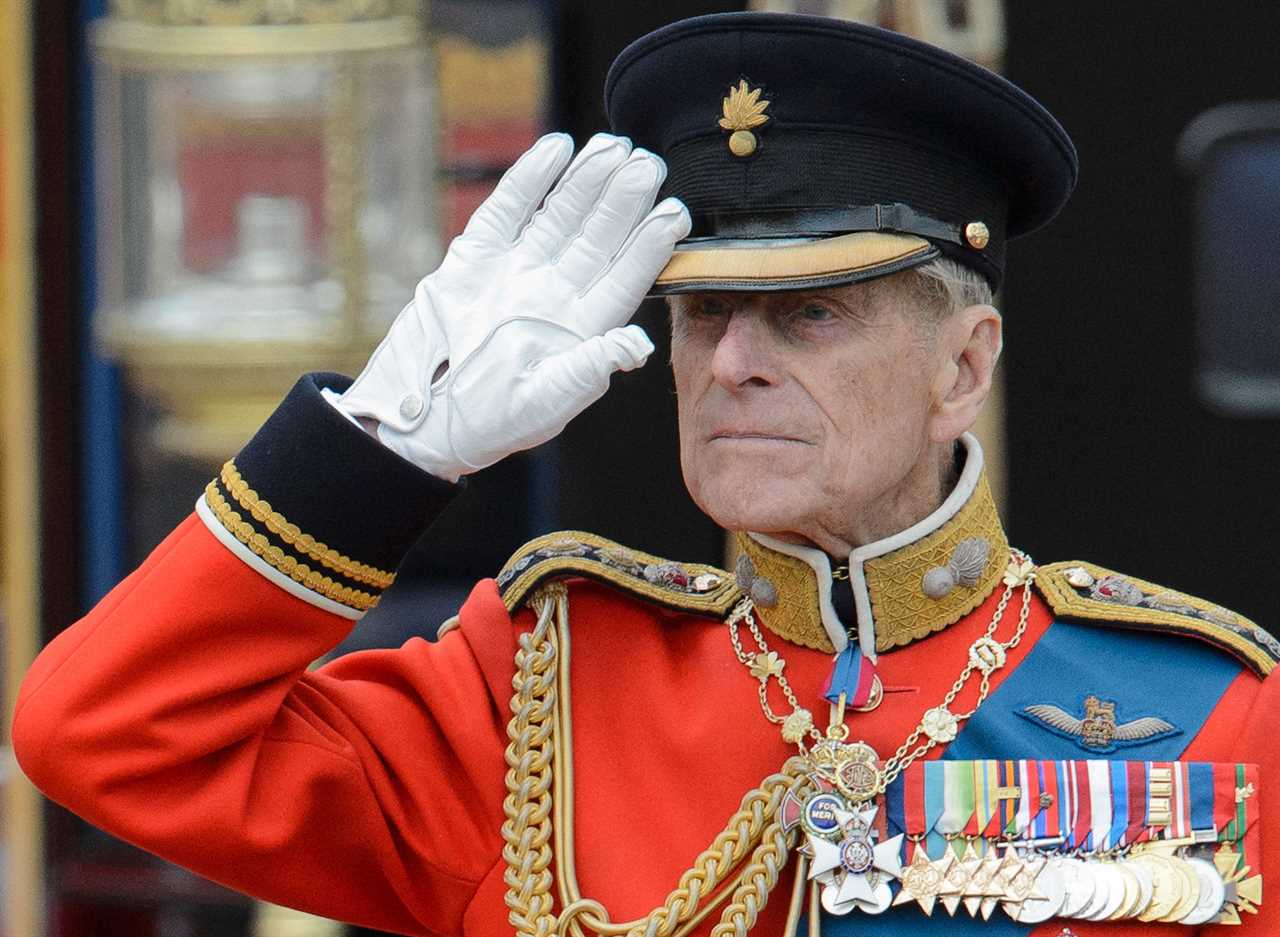
“So I trained the searchlight over the whole ship until the bridge structure was in the centre of the beam.
“She was in an undamaged condition for the period of about five seconds when our broadside left the ship.”
Hunting torpedo boats
Almost blinded by the flash and with his binoculars rammed into his eyes by the force of the explosion, Philip reported that more than 70 per cent of the shells fired from HMS Valiant hit their target.
The following year, Philip became one of the youngest First Lieutenants in the Royal Navy, aged 21.
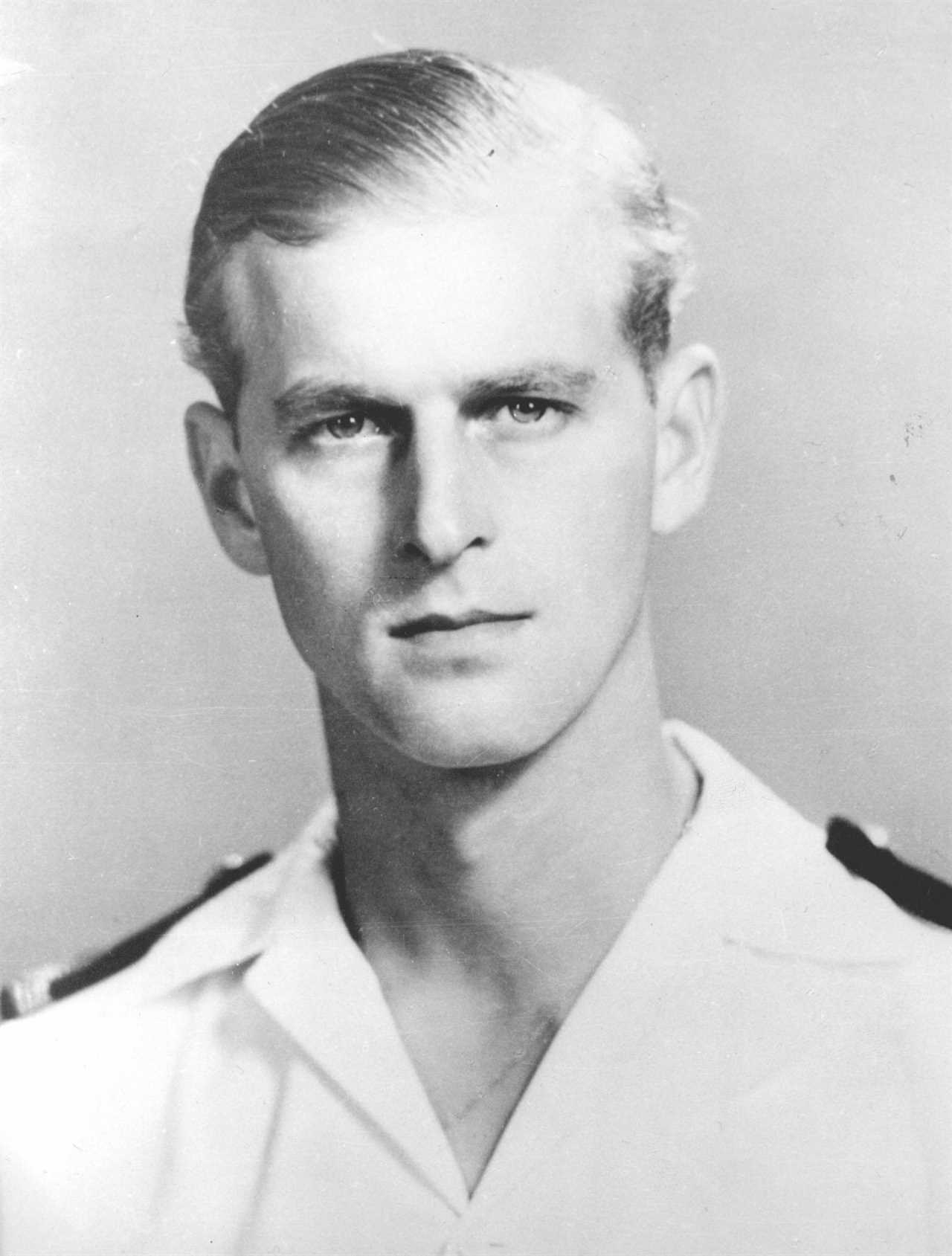
He served on HMS Wallace on patrol in “E-Boat Alley”, hunting German torpedo boats off the east coast of Britain.
But in July 1943, HMS Wallace joined other British ships ready for the invasion of Sicily and Philip’s quick thinking saved the lives of the 163 crew.
Bright stars in the sky that night meant the ship left a long, glowing trail in the black water — making them an easy target for enemy aircraft, which began their bombing run late at night.
Harry Hargreaves, a yeoman on HMS Wallace, said: “We were sitting ducks.
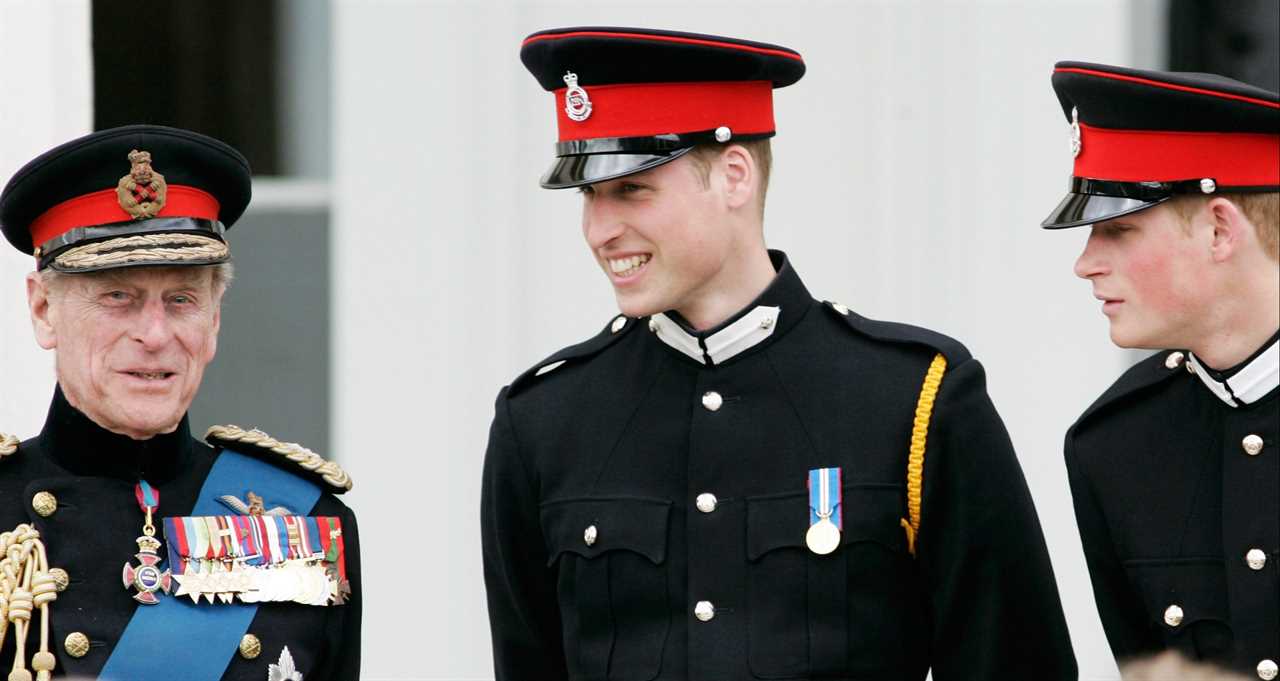
“It was inevitable that one of the bombs would hit us. We had little chance of survival and all of us on-board thought we were facing death.”
The first attack hit the side of the ship and the enemy bombers flew off. The crew knew it would only be a matter of minutes before they returned.
It was then that Philip came up with a brilliant plan that would save all their lives. He ordered the men to lash together planks of wood to make a raft, attach smoke floats at either end, and launch it into the sea.
Hargreaves remembered: “Clouds of smoke and small bursts of flame made it look like the flaming debris of our ship floating in the water.”
The ship steamed some distance away before stopping. Then the aircraft returned and dropped their bombs . . . on the raft and not the ship.
Philip’s cunning plan had worked magnificently.
Hargreaves said of Philip: “He was a down-to-earth, ordinary man. He had no airs or graces and when the captain told me he was a prince, I said, ‘He doesn’t look like that to me’.”
Love with ‘Lilibet’
All the time Philip was at sea during the war, Princess Elizabeth wrote to him regularly and sent food parcels.
Earlier, while on leave in October 1941, Philip had tea with King George VI and the princesses at Windsor.
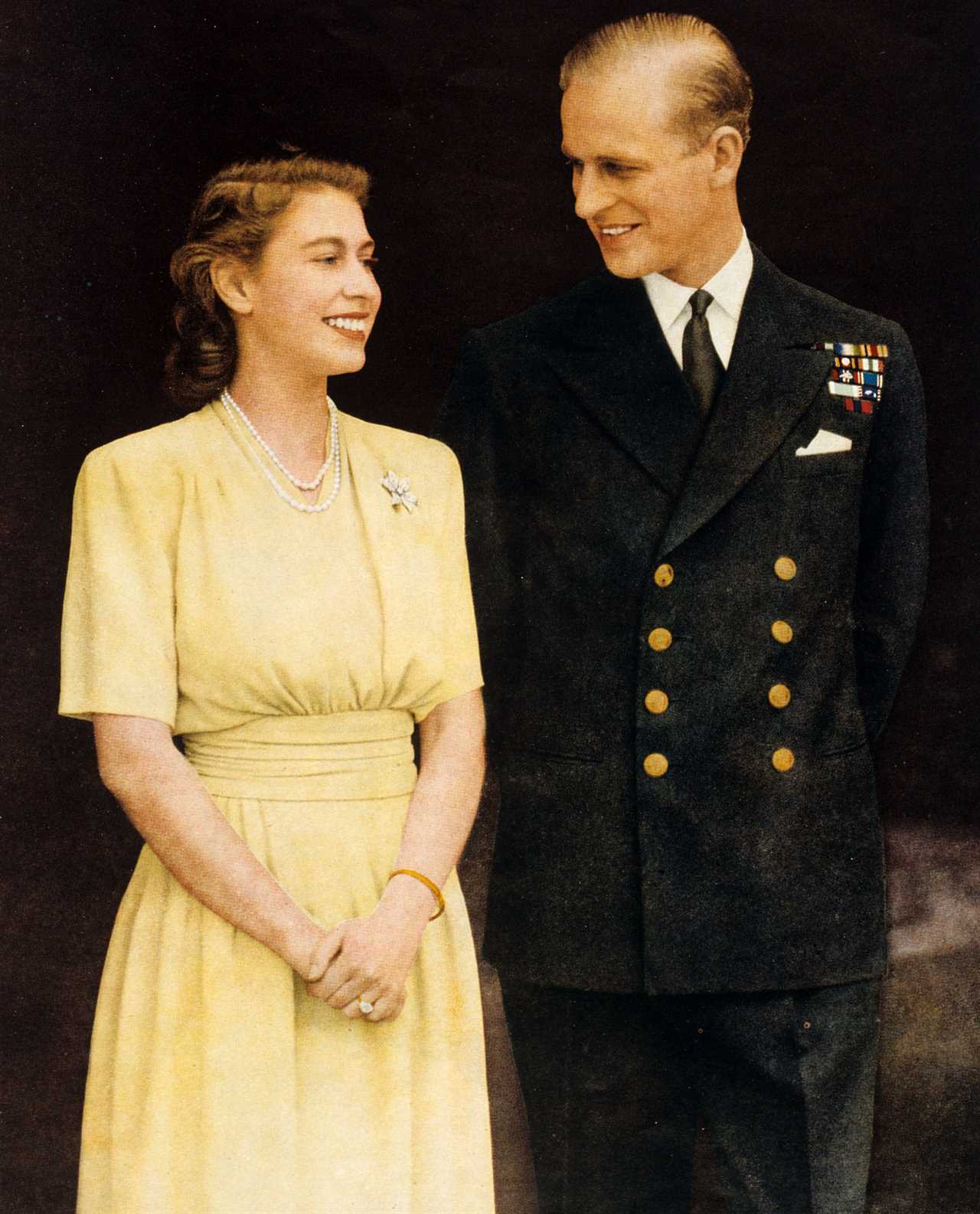
A month later, he and Lilibet danced together publicly for the first time at her uncle the Duke of Kent’s wedding anniversary party.
From Christmas 1943 Philip was given several months’ leave while his ship was in dock for a re-fit.
It meant he could claim a front-row seat as Elizabeth, now 17, played Aladdin in tights and a tight-fitting tunic at a Windsor Castle panto.
The princess’s nanny Crawfie remembered how Philip looked like a handsome, weather-beaten Viking.
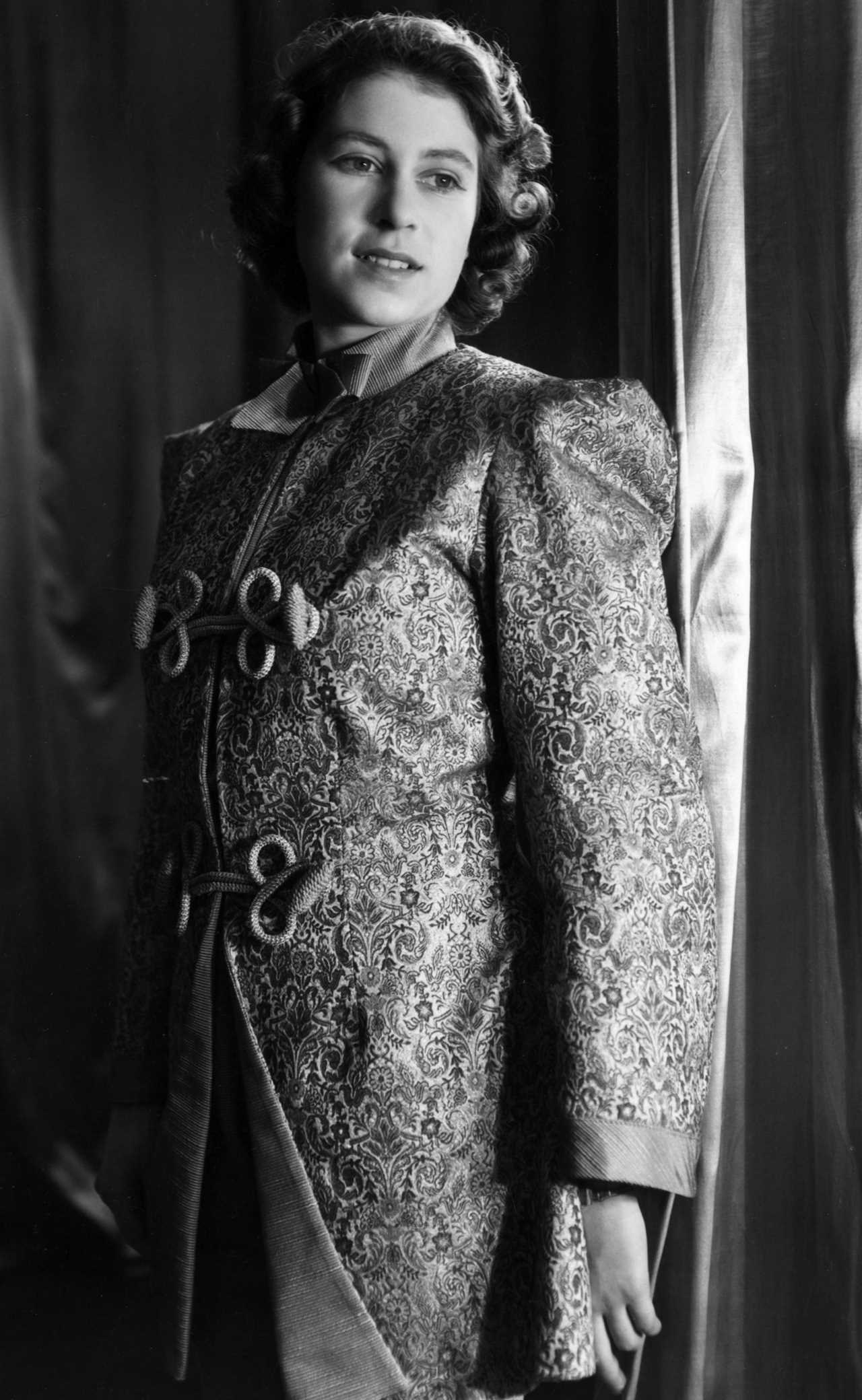
She added: “I have never known Lilibet more animated. There was a sparkle about her none of us had ever seen before.
“From then on, the two young people began to correspond.”
When Philip returned to sea on board the brand-new warship, HMS Whelp, which went out to the Far East to join the war effort against Japan, she kept a photo of him in her room at Buckingham Palace.
The picture of Philip sporting a full beard was her favourite.
It also meant she could display it in her room because very few people recognised the prince in the picture.
Tragic news
Meanwhile Philip kept a photo of Elizabeth, in a scuffed leather picture frame, on board the ship.
It was on the leg to India in 1944 that Philip learned that his father had died in a hotel bedroom in Monaco.
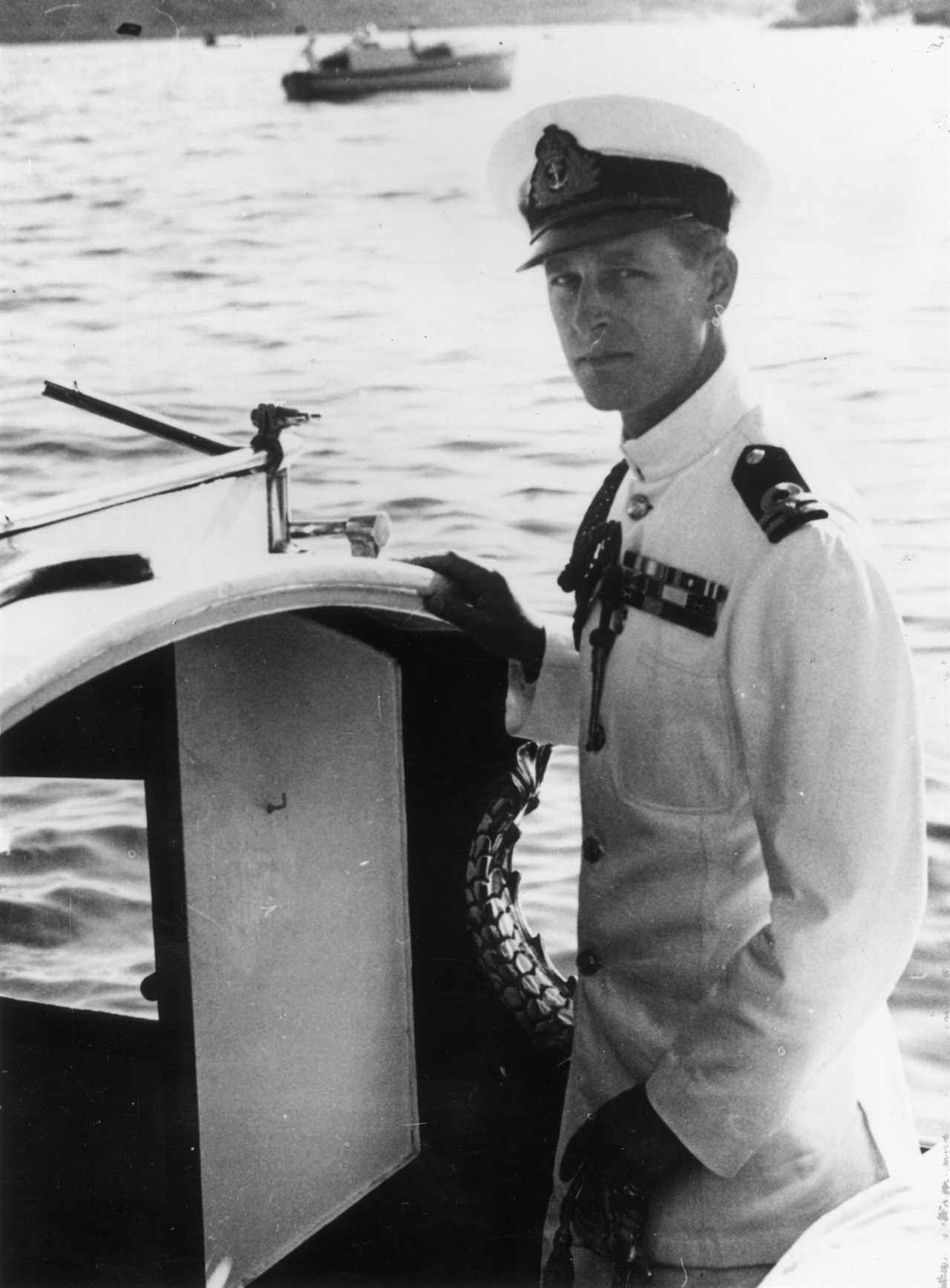
His uncle Earl Mountbatten sent a message to Philip’s ship in the Indian Ocean.
His mother was living in German-occupied Greece where she worked in a hospital and secretly protected a Jewish family, the Cohens, from the Nazis.
Philip returned to England in January 1946 after spending the final months of the war in South East Asia, and the couple’s discreet romance continued.
They were seen holding hands walking in the park at Windsor, and pictured gazing into each other’s eyes at the wedding of Philip’s cousin Patricia Mountbatten.
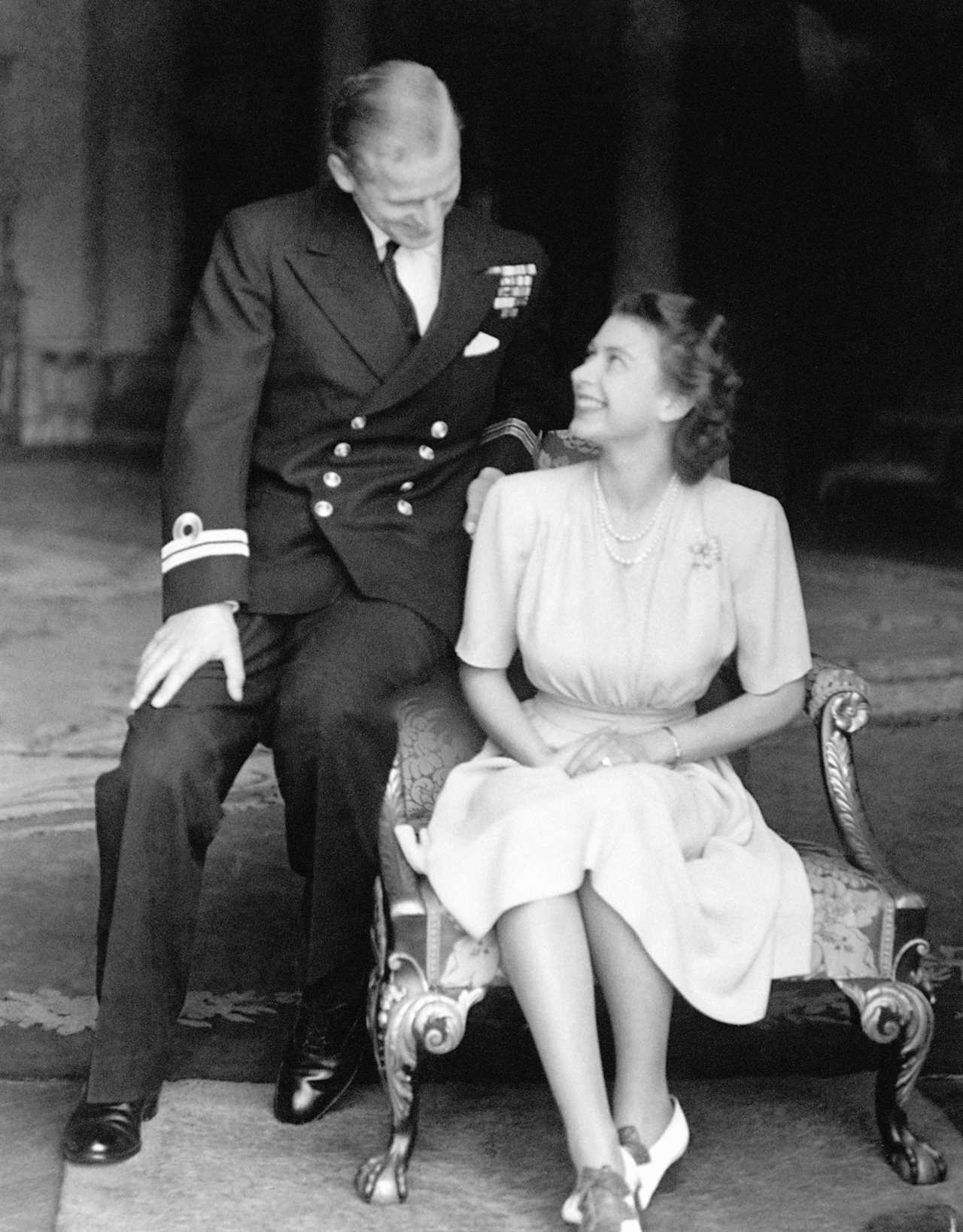
That summer, he and Elizabeth became unofficially engaged at Balmoral during a month-long holiday.
King George VI had agreed to the marriage but on condition they waited until Princess Elizabeth turned 21 the following April.
Rumours of an impending announcement were denied by the Palace.
Behind the scenes there were worries about Philip’s citizenship and fears over links between some of his relatives and the Nazis.
The pair could not be seen to choose an engagement ring, so Philip’s mother reclaimed her jewellery that had been kept in a bank vault in Paris for years and took a selection of her diamonds to a London jeweller to have the ring made.
And on July 9, 1947, the announcement finally came, Princess Elizabeth and Philip were to marry.
The date was deliberately chosen because there was a garden party at Buckingham Palace the next day and the young couple could make their first public appearance together.

